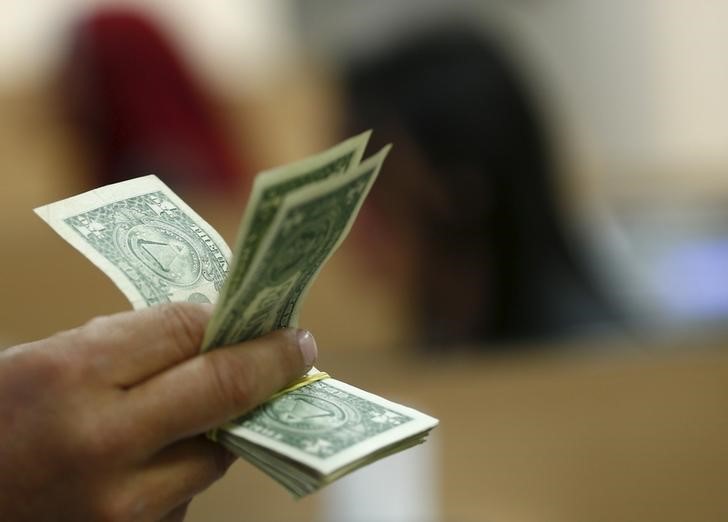Investing.com’s stocks of the week
Investing.com - The dollar fell to the day’s lows against a basket of the other major currencies on Wednesday after China announced a fresh wave of tariffs on U.S. imports, in retaliation to the U.S. tariffs released late Tuesday.
The U.S. dollar index, which measures the greenback’s strength against a trade-weighted basket of six major currencies, was down 0.26% to 89.61 by 04:22 AM ET (08:23 AM GMT).
China's commerce ministry announced Wednesday reciprocal 25% tariffs on $50 billion of U.S. goods, including autos and chemicals and said the effective date for the new tariffs would be announced at a later time.
The announcement came after the Trump administration late Tuesday announced 25% tariffs on $50 billion of annual imports from China in an attempt to force changes in Beijing's intellectual property practices.
The moves fueled concerns that escalating trade tensions between the world’s two largest economies could deal a blow to the global economy and U.S. growth.
The dollar dropped to the day’s lows against the yen, with USD/JPY shedding 0.52% to trade at 106.05.
The Japanese yen, typically viewed as a safe-haven currency, tends to be sought out by investors during times of political or economic uncertainty.
The euro hit session highs against the dollar, with EUR/USD rising 0.29% to 1.2307.
Investors were looking ahead to data on euro zone inflation for March later in the day, which could bring the prospect of policy normalization by the European Central Bank a little closer.
The pound also moved higher against the dollar, with GBP/USD last at 1.4082.
Investors were turning their attention to the latest U.S. employment report and comments by Federal Reserve Chairman Jerome Powell on Friday, which could help bolster demand for the dollar.
Signs of increasing wage growth could underline the case for the Fed to raise interest rates at a faster pace.
Expectations of rising rates tend to boost the dollar by making the currency more attractive to yield-seeking investors.
